The Next-Generation Ford Everest made its global debut last night.
Ford New Zealand will offer three variants of the Next-Gen Everest. The New Zealand range will start with Trend followed by Sport while the new flagship variant Platinum will offer the ultimate in luxury and comfort.
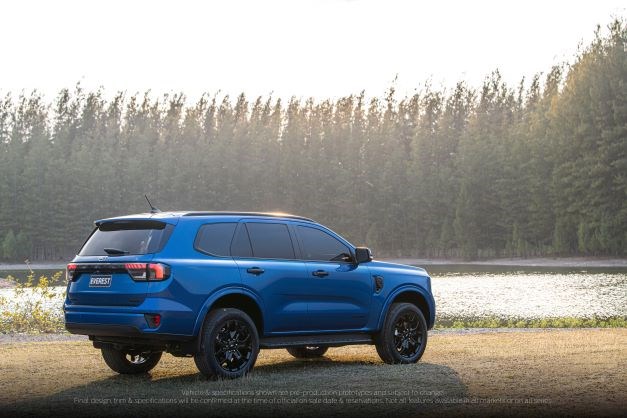
The Platinum option features a premium flagship interior, and new for Everest are 21-inch wheels finished in a special tri-coat paint with machined accents.
Platinum is exclusively powered by the new 3.0L V6 turbo-diesel, backed with a 10-speed automatic transmission and permanent four-wheel drive. The 3.0L V6 turbo-diesel will also be available on Sport.
The new 3.0-litre V6 turbo-diesel spearheads the lineup and is joined by the proven 2.0-litre BiTurbo diesel. Both engines are backed by Ford’s efficient 10-speed automatic transmission.
“The 3.0L V6 turbo-diesel really delivers that big-engine torque and power customers want,” says Pritika Maharaj, Everest program manager. “It feels really tough in the sense that it's got endless power and torque, but it is also refined and quiet on the road.”
“Regardless of engine, our customers can be confident that they have the power and torque they need whether they’re towing, heading off-road, or just heading off on a family adventure,” says Maharaj.
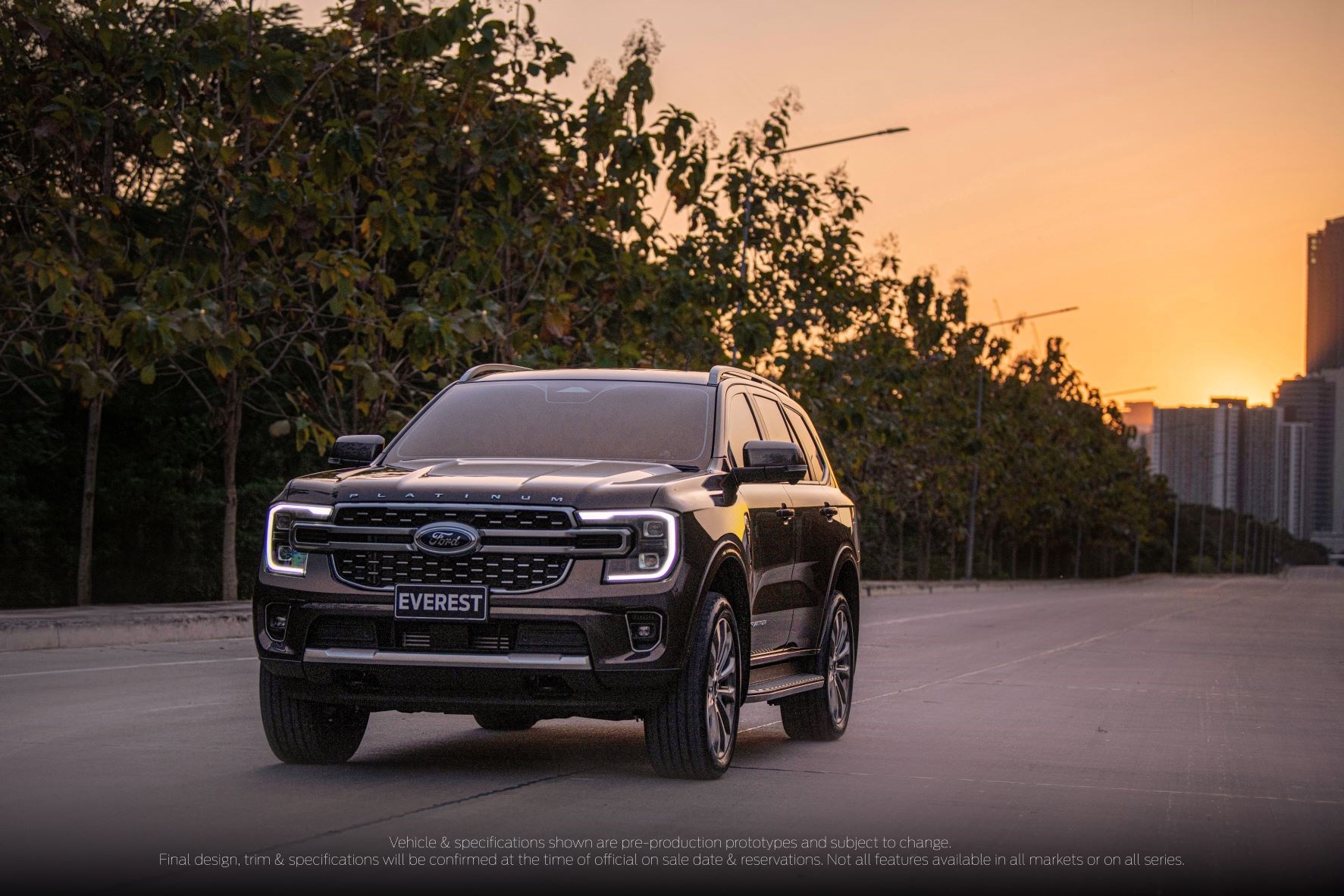
Platinum’s unique grille design with hot foil accented mesh and silk chrome accents creates a sophisticated look and premium feel.
The luxury interior features 10-way power-adjustable heated and ventilated premium leather accented front seats, with quilted inserts and signature Platinum badging.
In Platinum, second-row seat occupants can also enjoy heated seats. A panoramic roof adds to the luxurious and spacious feel of the interior.
Everest’s wider track and longer wheelbase enabled designers to create a more progressive, muscular appearance.
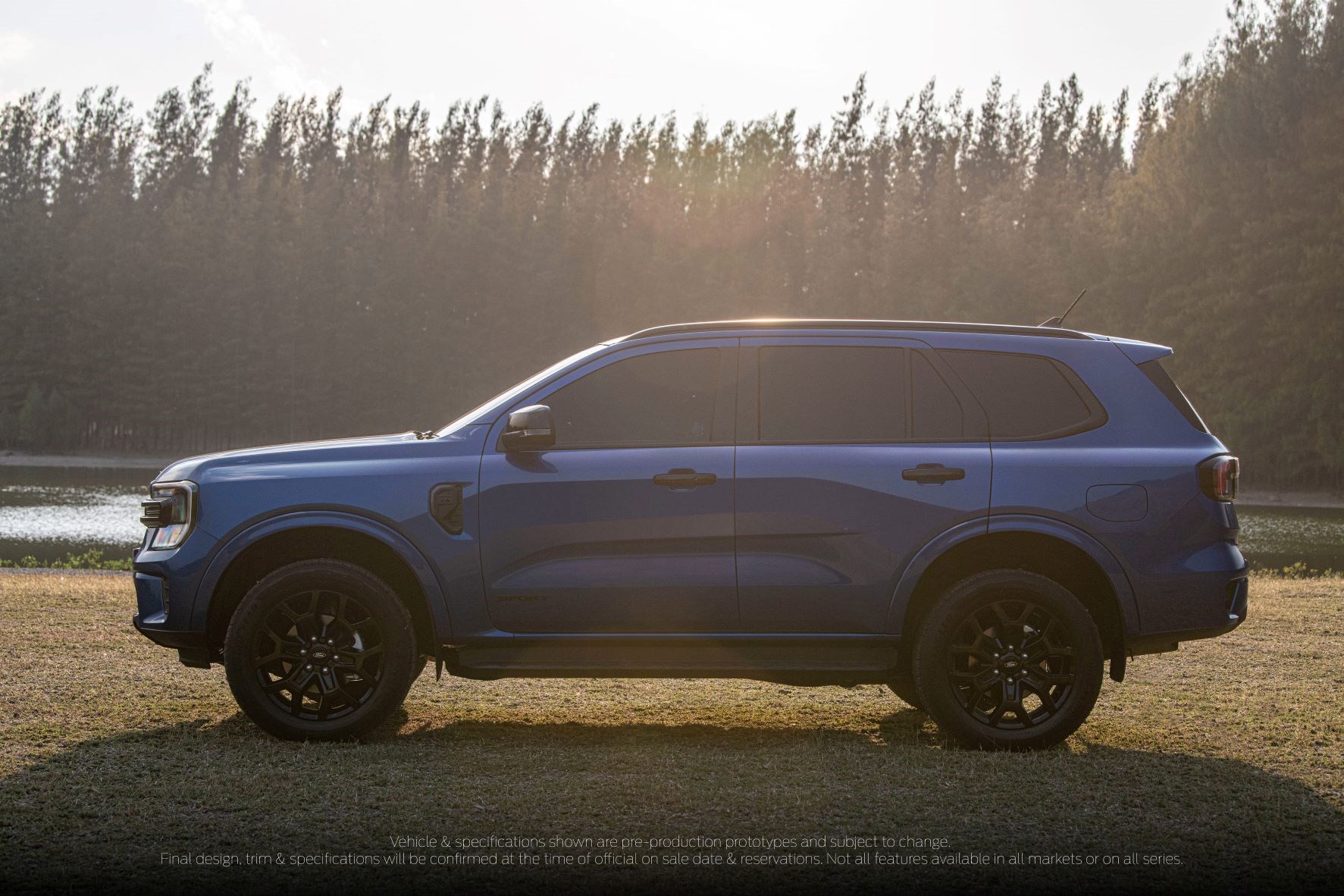
Ford’s global design DNA is reflected in the C-clamp headlamps and strong horizontal upper grille bar. The front end also has a mix of horizontal and vertical elements, which add to the commanding appearance.
Designers also put a lot of thought into the function and feel of the interior, taking inspiration from modern homes and bringing in plush materials, premium finishes and ambient lighting all in areas where customers can appreciate them the best.
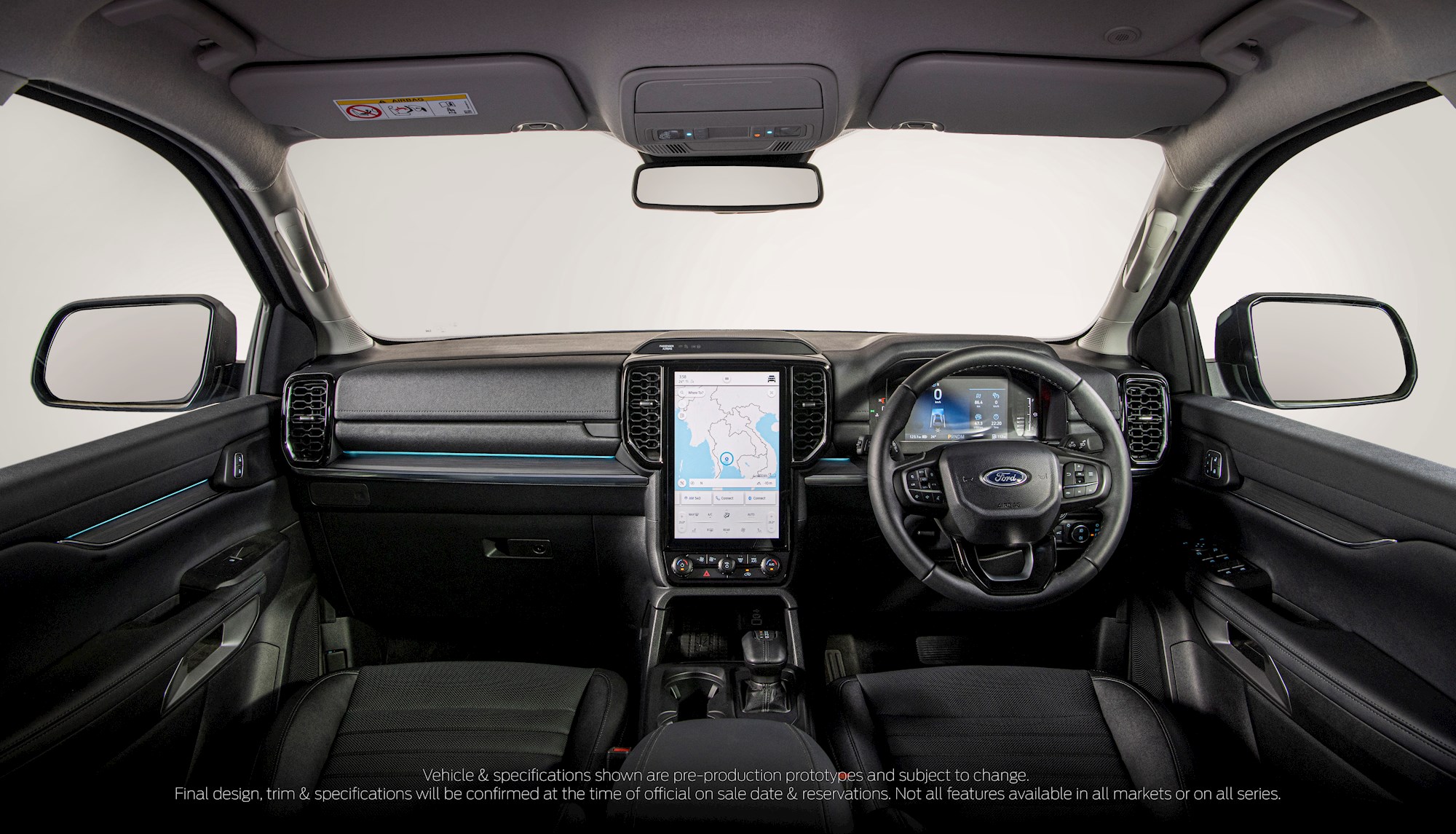
Everest’s sense of spaciousness is amplified by the full-width coast-to-coast instrument panel and centre console with dual cupholder recesses plus dash-mounted ‘pop out’ cupholders for the front seat occupants.
All models are equipped with a svelte new leather-trimmed e-Shifter
and all variants get integrated wireless charging and an electric parking brake.
Depending on the variant, heated and ventilated 10-way power-adjustable memory function seats are available for the driver and 10-way power for the passenger.
Access to the third-row seats is now easier thanks to second-row seats that slide further forward than before. Additionally, all occupants now have places to store their things and charge their devices with power outlets in all three rows.
Ford has prioritised flexible seating in the Next-Gen Everest; the second-row slides with a 60:40 split seatback while on Platinum the 50:50 split third row in seven-seat configuration can be folded at the touch of a button.
Importantly, both the second and third-row seats have been designed to fold flat to allow for long loads to be carried safely.
To stop items falling out of the back when the tailgate is lifted, Wolff’s team created a small lip, affectionately known as the “apple catcher”, at the rear of the cargo area.
The team also created an underfloor storage space that helps keep the rear of the Everest organised.
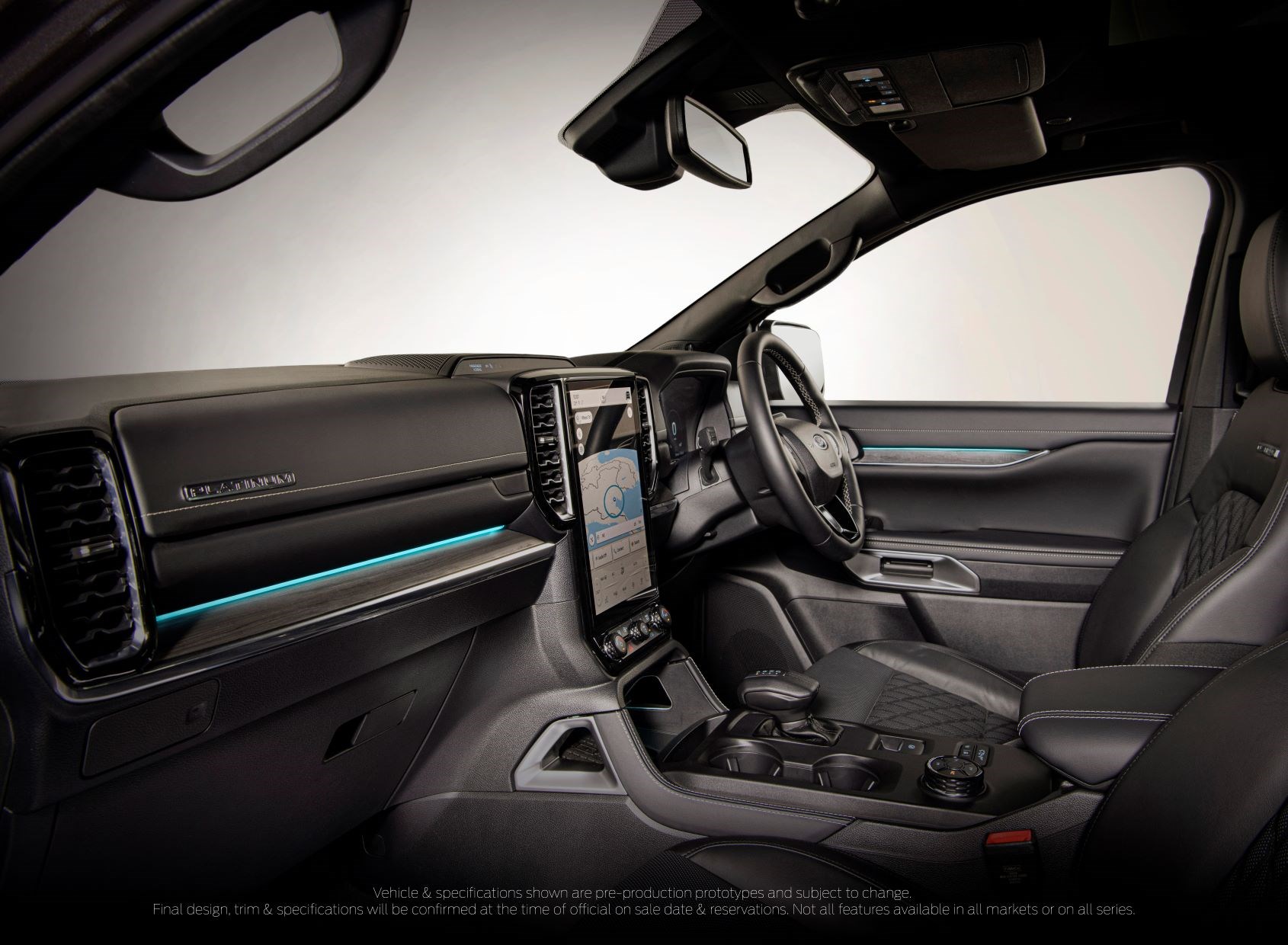
In addition to a more refined and comfortable interior, Ford focused on incorporating the latest connectivity and technology features into the Next-Gen Everest.
Everest comes with an 8 or 12.4-inch digital instrument panel that replaces the traditional analogue clusters. Everest also features a large, high-resolution portrait 12-inch touchscreen.
Ian Foston, the chief platform engineer for Everest, says “when we started imagining the Next-Gen Everest, we started not at the beginning but at the end: With our customers.”
“They’re people who like adventure, recreation and being able to go out with family and friends. Whether they’re conquering sand, rocks or city life, these customers appreciate the utility, capability and spaciousness of an SUV.”
Armed with more customer input than ever before, Foston says the objective for the Next-Gen Everest was clear: "Tough on the outside, a sanctuary on the inside, amazing capability underneath".









